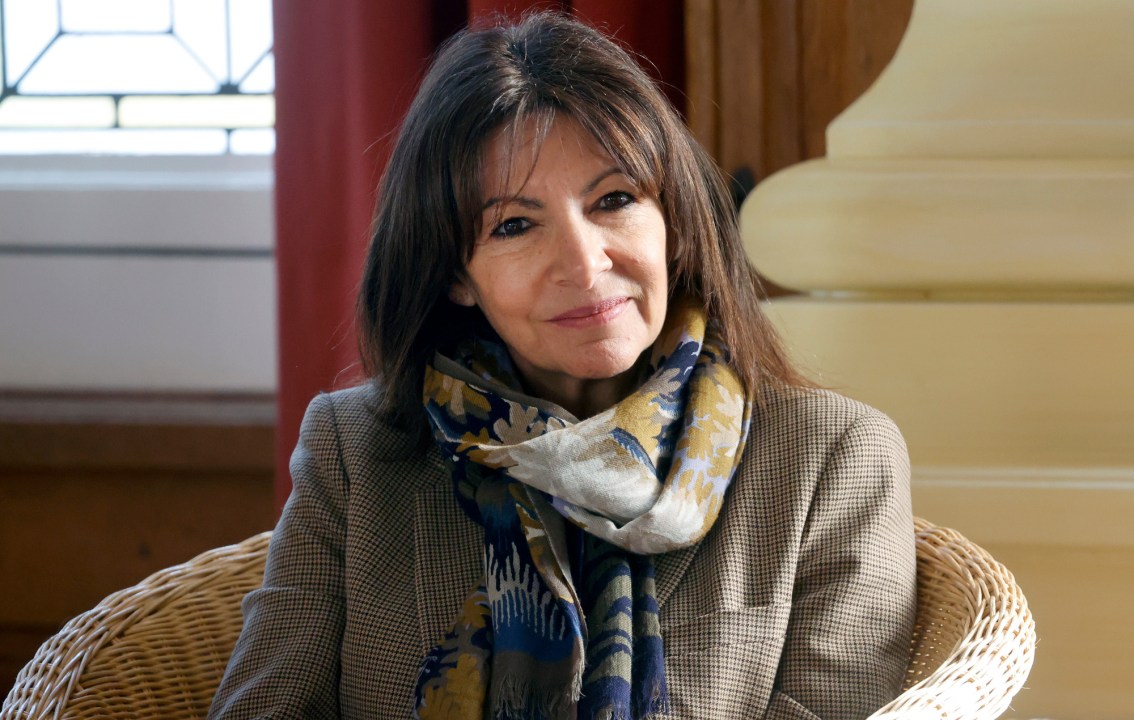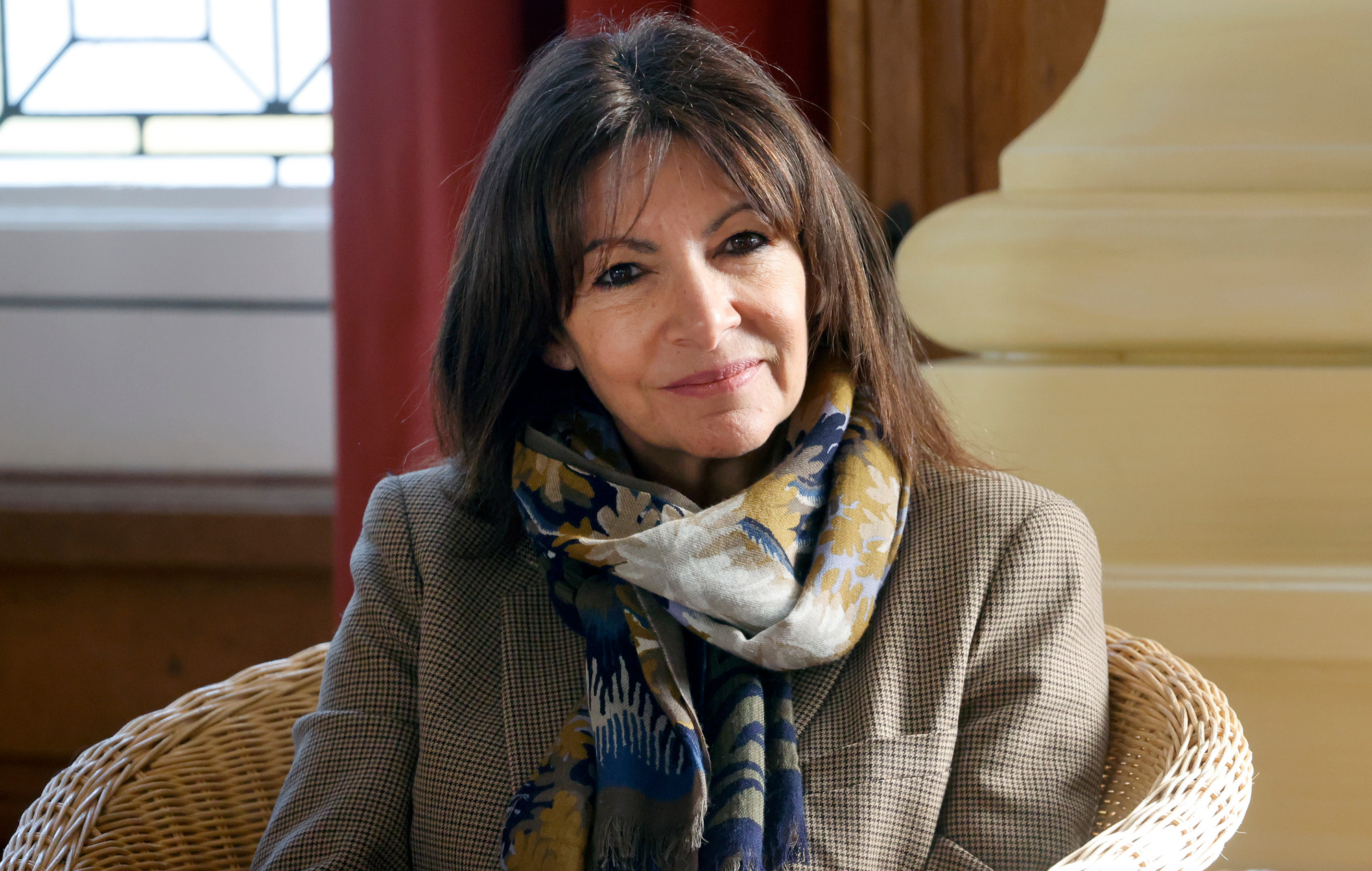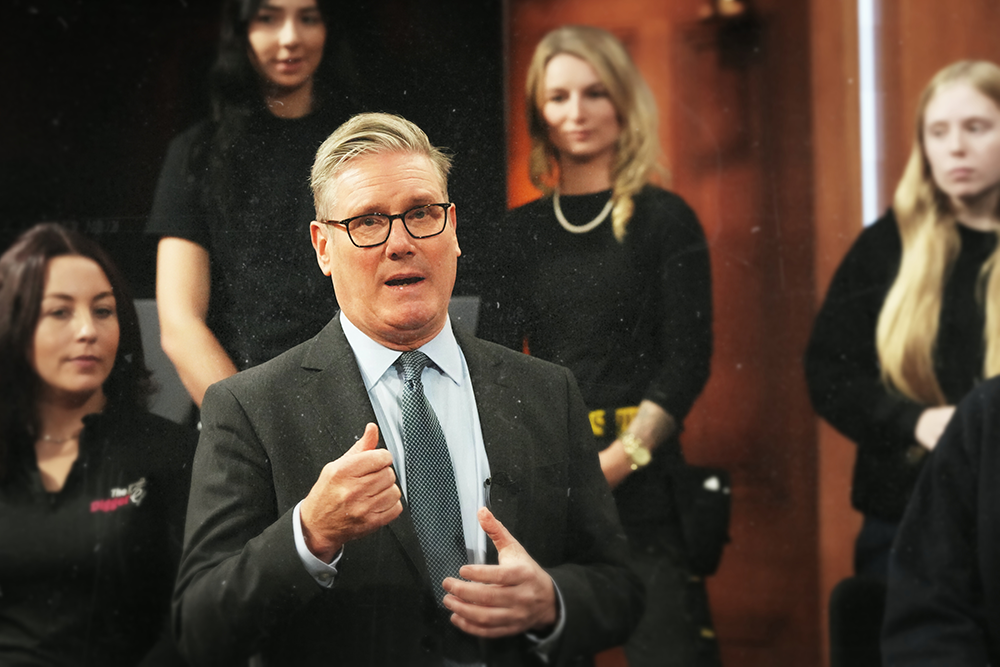Anne Hidalgo, the mayor of Paris, is being lined up for one of the world’s most powerful humanitarian jobs: United Nations High Commissioner for Refugees. With Emmanuel Macron’s backing, she hopes to swap the Hôtel de Ville in Paris for Geneva, taking charge of a $10 billion global operation that defines who counts as stateless, who deserves protection, and indirectly who gets to enter countries like Britain.
Now the very policies that have fuelled Paris’s dysfunction could be about to be exported globally
Anne Hidalgo ruined Paris. She has destroyed its ancient heritage, dug it into a giant financial black hole, and left the city choking on traffic, crime, and ideological nonsense. She brags about planting trees and engages in green posturing while pavements crumble. Her possible leap to the United Nations is an insult to the city she’s broken. Hidalgo’s aggressive immigration policies, which prioritise newcomers at the expense of long-time Parisians, have fuelled the decline. Now she wants to export this vision worldwide.
Hidalgo made headlines last year when she jumped into the river Seine in a wetsuit, part of a stunt to show the river was clean enough for Olympic swimmers. Several athletes who followed her into the water during Olympic events fell violently ill. It was vintage Hidalgo – costly, performative, and nauseating.
Her likely ascent to the UN post is a bitter irony. She has reshaped Paris with her aggressive, ideologically driven immigration policy. Newcomers have been prioritised for housing, benefits, and support. Now the very policies that have fuelled Paris’s dysfunction could be about to be exported globally, under the banner of humanitarianism. The role of High Commissioner is no figurehead position. With responsibility for 139 million displaced people, UNHCR shapes refugee and asylum policy worldwide. The decisions taken in Geneva ripple across Europe, including in Britain, where UNHCR recommendations can influence resettlement schemes, border management and the immigration debate.
If appointed UN High Commissioner for Refugees, Hidalgo would wield enormous soft power on one of the most important political issues of our time. It’s a perfect symbol of our age: failure at home rewarded with promotion abroad. If we’re to believe the French press, Hidalgo may not finish her stint as mayor. She will flee to the UN before her term is even up.
Back when Jean Tiberi, the last right-wing mayor of Paris, was in power the city still worked. Conservative stewardship kept Paris affordable, ordered, and pragmatic. It was still the ‘City of Light’, a place of order and elegance. Since the left’s takeover, Paris has become a cautionary tale.
You can still find the picture postcard Paris: the Marais, the 6th and 7th, are manicured and curated for tourists and elites. But step outside the bubble, and the bins are overflowing, there are rats in playgrounds and concrete blocks where fountains used to be. This is the city Hidalgo is to leave behind.
During the right-wing era, Paris enjoyed fiscal discipline. Property taxes on modest flats remained stable for years. City debt was cut to record lows, with spending carefully controlled. For families in central Paris, life was expensive but manageable.
No longer. The left ballooned Paris’s city debt to €3.36 billion by 2014 under Socialist Bertrand Delanoë, and Hidalgo’s spending spree sent it soaring to €8 billion by 2022. In 2016, she mortgaged 60 years of social housing revenue. In 2022, she hiked property taxes by 52 per cent. At the same time, local business taxes, already among the highest in France, were raised again, hitting independent shops and family-run cafés the hardest. For many, staying open became a losing battle. Not content with exploding the tax burden, the left has continued to spend with abandon, signing off projects with no clear path to repayment. The city is now, by most measures, effectively bankrupt. There’s talk that a state bailout will soon be unavoidable. Residents foot the bill while Hidalgo brags about her Olympic tree-planting programme.
Paris was built for cars. Motorists could drive along the Seine, cross Rivoli, and commute across town in under 30 minutes. Infrastructure investment kept traffic flowing, even if pollution remained a concern. Then came the crackdown. Delanoë launched bike sharing with Vélib in 2007, and Hidalgo turbocharged the war on cars. Hidalgo brought 1,300 kilometres of bike lanes, a pedestrianised Seine, a car-free Rue de Rivoli, and a 30 km/h speed limit. An effective ban on SUVs now hangs over motorists. Pollution may be down, but so is mobility. Commuters crawl through gridlock. Cars are no longer allowed to drive at all down the rue de Rivoli, which has become a four-line bike path.
Public backlash against Hidalgo crystallised a couple of years ago around the hashtag #SaccageParis (‘Trash Paris’), a protest movement on social media. Users posted photos of overflowing bins, broken pavements, concrete slabs dumped in public squares, and unexplainable urban installations on which she’d spent a fortune. The hashtag captured the dismay of residents forced to live with a city more focused on performative green projects than basic upkeep.
Hidalgo’s Paris is a city redesigned to impress outsiders, planners, tourists, and green lobbyists, while making daily life harder for many who call it home. Hidalgo’s city prioritises immigrant families for housing, displacing native Parisians who’ve spent years on waiting lists.
Tiberi’s Paris felt safe. In 2000, there were 70,000 reported crimes, mostly petty. You could walk through Paris after midnight. Metro rides were uneventful. By 2024, reported crime rose to 100,000, with violent incidents up 20 per cent since 2014. Muggings on the grimy, urine-stained metro are now common. Hidalgo created a municipal police force in 2021, but it is understaffed and largely invisible, except when issuing parking tickets, which it does with remarkable efficiency in the nicer neighbourhoods. Paris feels on edge. Security, like affordability, has become a luxury.
The old liveable Paris is gone. In its place stands a model city for progressives: €8 billion in debt, uninhabitable for motorists, haunted by rising crime, and governed by abstraction. Delanoë and Hidalgo have built a utopia for a self-satisfied elite that forgets the people who live here. The comparison to London is instructive. Sadiq Khan, like Hidalgo, has turned a once-great capital into a city of performative politics, stifling regulations, and collapsing public services. Both have made war on motorists. Both have presided over spiralling crime and rising taxes. Both wrap their failures in progressive slogans while everyday life deteriorates. The rot is visible, and it’s spreading. Like Khan, Hidalgo has become a byword for municipal failure, an emblem of a new political class that leaves chaos in their wake.
And so, as Mayor Anne Hidalgo prepares to leave the Hôtel de Ville, Parisians are left not with pride but with ruins. Her ambition is global, her record local. And the old Paris is gone. Hidalgo’s exit from city hall is no retirement, it’s a promotion. Macron is positioning her to shape international refugee policy, despite the damage she’s inflicted on Paris.









Comments